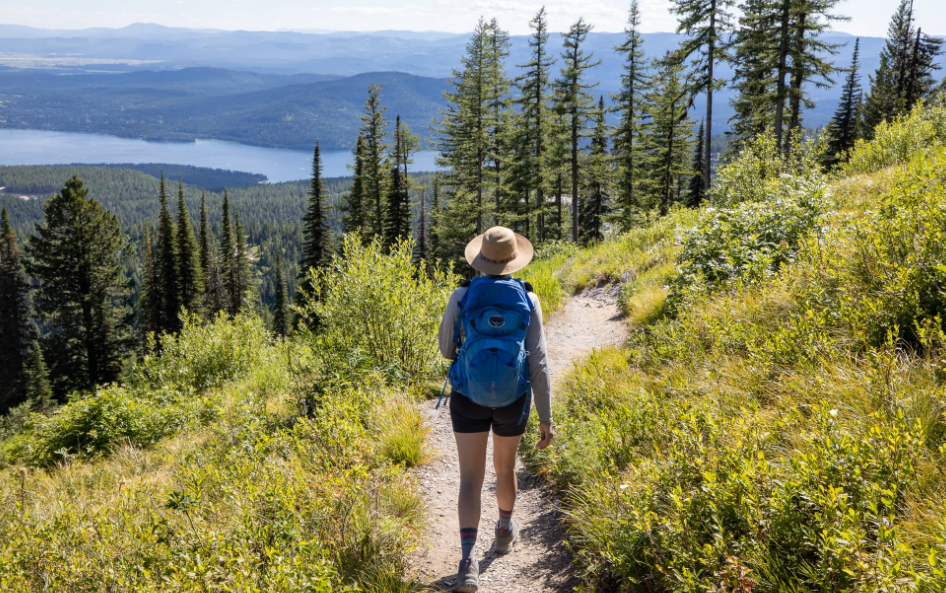As our trails see more footprints, you might ask How do I start hiking in a more responsible and less invasive manenr? Hiking, a journey into the heart of nature’s beauty, is gaining popularity by leaps and bounds. Let’s dive into the world of responsible hiking and trail etiquette, ensuring our trails remain pristine for future generations.
Why Responsible Hiking Matters
Responsible hiking goes beyond enjoying the outdoors; it’s about leaving no trace. The Leave No Trace principles, ethical guidelines, are the backbone of responsible hiking.
They involve respecting wildlife, sticking to designated trails, minimizing campfire impact, and proper waste disposal. These principles are nature’s safeguard, preventing erosion, habitat destruction, and maintaining ecosystem balance.
Essential Trail Etiquette for Beginners
For beginners, grasping trail etiquette is crucial. Yield the right of way to hikers going uphill, maintaining tranquility. Reduce noise levels to respect the serene wilderness. Observe wildlife from a distance without feeding them. Always carry out your trash and dispose of it properly. These small actions collectively preserve the trail’s peace and serenity.
Preparing for Your Hike
Before embarking on a hiking journey, equip yourself wisely. Quality hiking boots, breathable clothing, and a comfortable backpack are essentials. Plan your hike meticulously: research the trail, check weather conditions, and understand its difficulty level. Adequate preparation ensures a safe and enjoyable hike.
Minimizing Your Footprint
-
Stick to designated paths.
Straying off-trail can damage fragile ecosystems and disturb wildlife. Avoid trampling sensitive habitats, like alpine meadows or riverbanks. Proper waste disposal is crucial; pack it in, pack it out, and bury human waste at least 200 feet from water sources. Minimizing your presence is key to protecting the environment during hiking for beginners.
-
Don’t disturb the wildlife.
Maintain a safe distance, use binoculars or a zoom lens for a closer look. The thrill of observing animals in their habitat should never come at the cost of their well-being.
-
Respect protected areas and adhere to regulations.
These areas are designated for critical reasons, whether for habitat preservation or cultural significance. Staying informed and following the rules is essential for nature’s protection.
Conclusion
In answering the question “how do I start hiking sustainably?”, these practices not only ensure your safety but also safeguard the remarkable landscapes that make hiking a life-changing experience. By following these principles, you become a guardian of the outdoors, preserving its magic for future hikers.


